 What Is Involved In A Drain Inspection
What Is Involved In A Drain Inspection
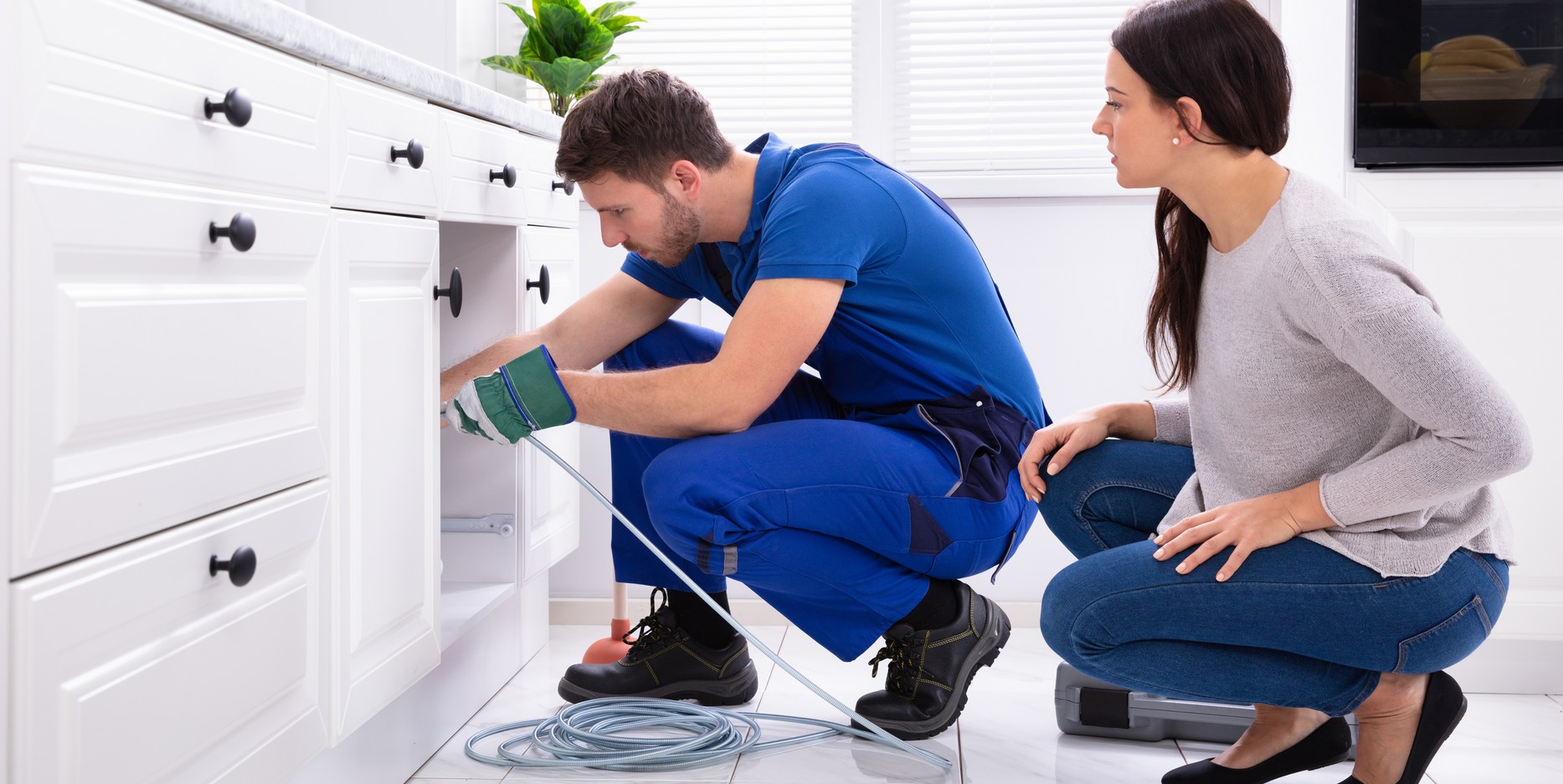
Understanding the intricacies of a drain inspection is crucial for property owners, business owners, and facility managers. A drain inspection is a thorough examination of the drainage system to identify any potential issues that could lead to costly repairs or damage to the property. These inspections are not only beneficial but necessary to ensure the functionality and integrity of the property’s wastewater management system.
Why Are Drain Inspections Necessary?
Drain inspections are essential for diagnosing current problems and preventing future issues with a property’s drainage system. They can reveal blockages, damage to pipes, and other concerns that, if left unaddressed, could lead to significant infrastructure damage and financial loss.
Benefits for Stakeholders
For stakeholders, regular drain inspections can prevent unexpected disruptions, maintain system efficiency, and extend the lifespan of the drainage infrastructure. These proactive measures can save you from expensive emergency repairs and maintain the overall value of your property.
Common Technologies and Methods
The use of Closed-Circuit Television (CCTV) technology is a standard method in drain inspections. This non-invasive technique allows professionals to visually inspect the interior of pipes and identify issues without excavation. Other methods include hydro-jetting and sonar technology, which aid in clearing blockages and assessing the condition of the drainage system.
Guide’s Purpose
This guide aims to provide a comprehensive overview of the drain inspection process, detailing the technologies used, the benefits they offer, and the reasons why regular inspections are a critical component of property maintenance. By the end of this guide, you will have a clear understanding of the importance of drain inspections and how they contribute to the longevity and integrity of your property’s drainage system.
Understanding the Role of CCTV in Drain Inspections
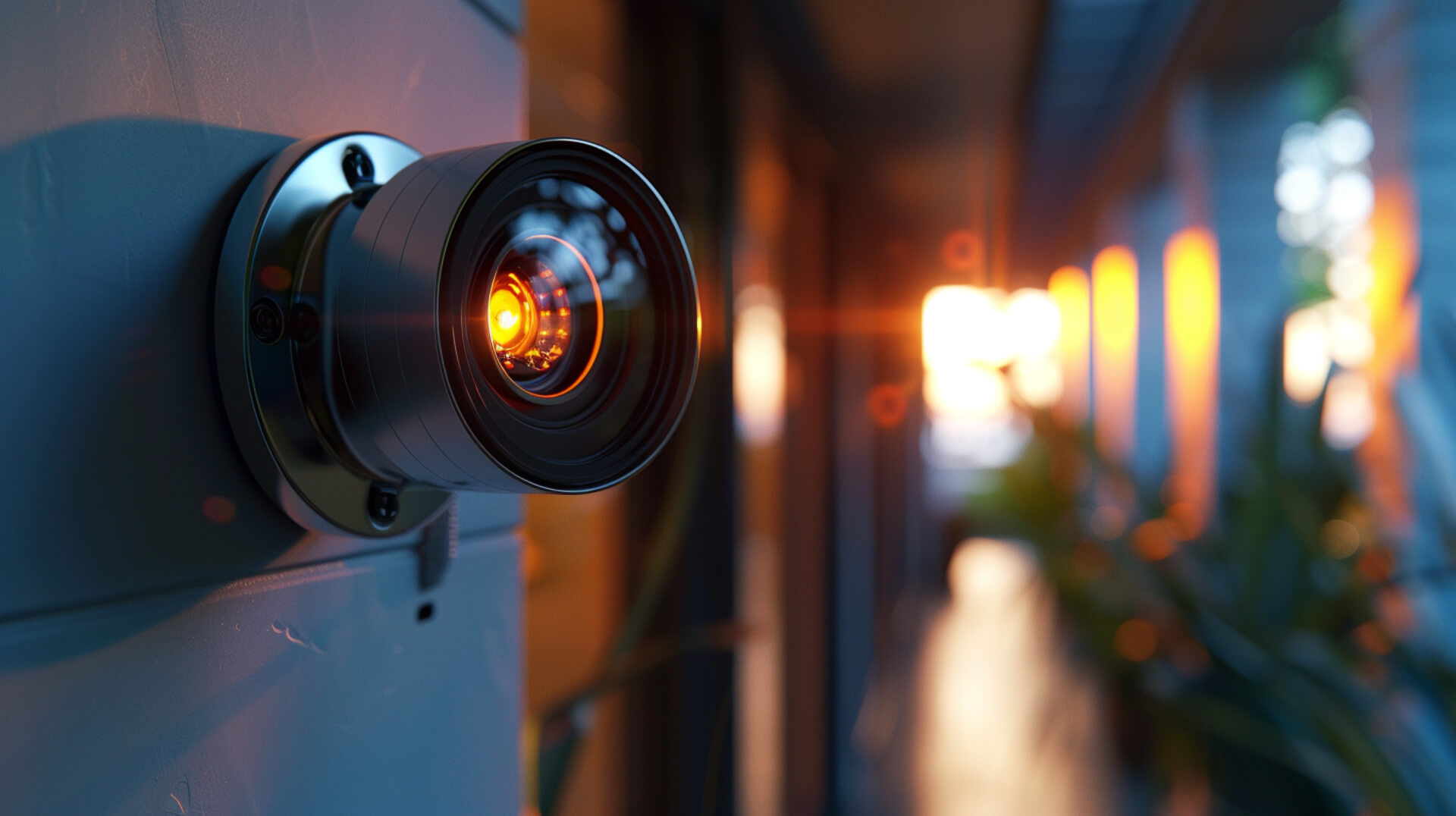
CCTV technology has become an integral tool in conducting drain inspections. By providing a visual assessment of the internal conditions of pipes and drainage systems, CCTV inspections offer a detailed and accurate method for identifying issues that are not visible to the naked eye.
Enhanced Effectiveness with CCTV Technology
CCTV inspections utilise high-definition cameras to traverse the intricate pathways of drainage systems. This technology allows for the real-time transmission of images and videos to the surface, where professionals can assess the condition of the drains. The use of CCTV significantly enhances the effectiveness of inspections by allowing for a comprehensive view of the internal state of pipes, including areas that are otherwise inaccessible.
Non-Visible Problem Identification
Through CCTV technology, professionals can identify a range of problems, such as blockages, root intrusions, and pipe fractures. These issues, if left undetected, can lead to more severe complications, including leaks and structural damage. CCTV inspections can pinpoint the exact location and nature of these problems, facilitating targeted interventions.
Non-Invasive Inspection Approach
CCTV inspections offer a non-invasive approach to drain inspection. Unlike traditional methods that may require excavation, CCTV can assess the condition of drains without disrupting the surrounding environment. This minimises the impact on your property and reduces the time and cost associated with diagnosing drainage issues.
Professional Interpretation of CCTV Footage
Professionals trained in the use of CCTV for drain inspections can interpret the footage to diagnose the health of the drainage system accurately. They analyse the captured images to identify irregularities and potential risks. Based on their findings, they can recommend appropriate and effective solutions to ensure the integrity of your drainage system.
The Comprehensive Steps of a Drain Inspection Process
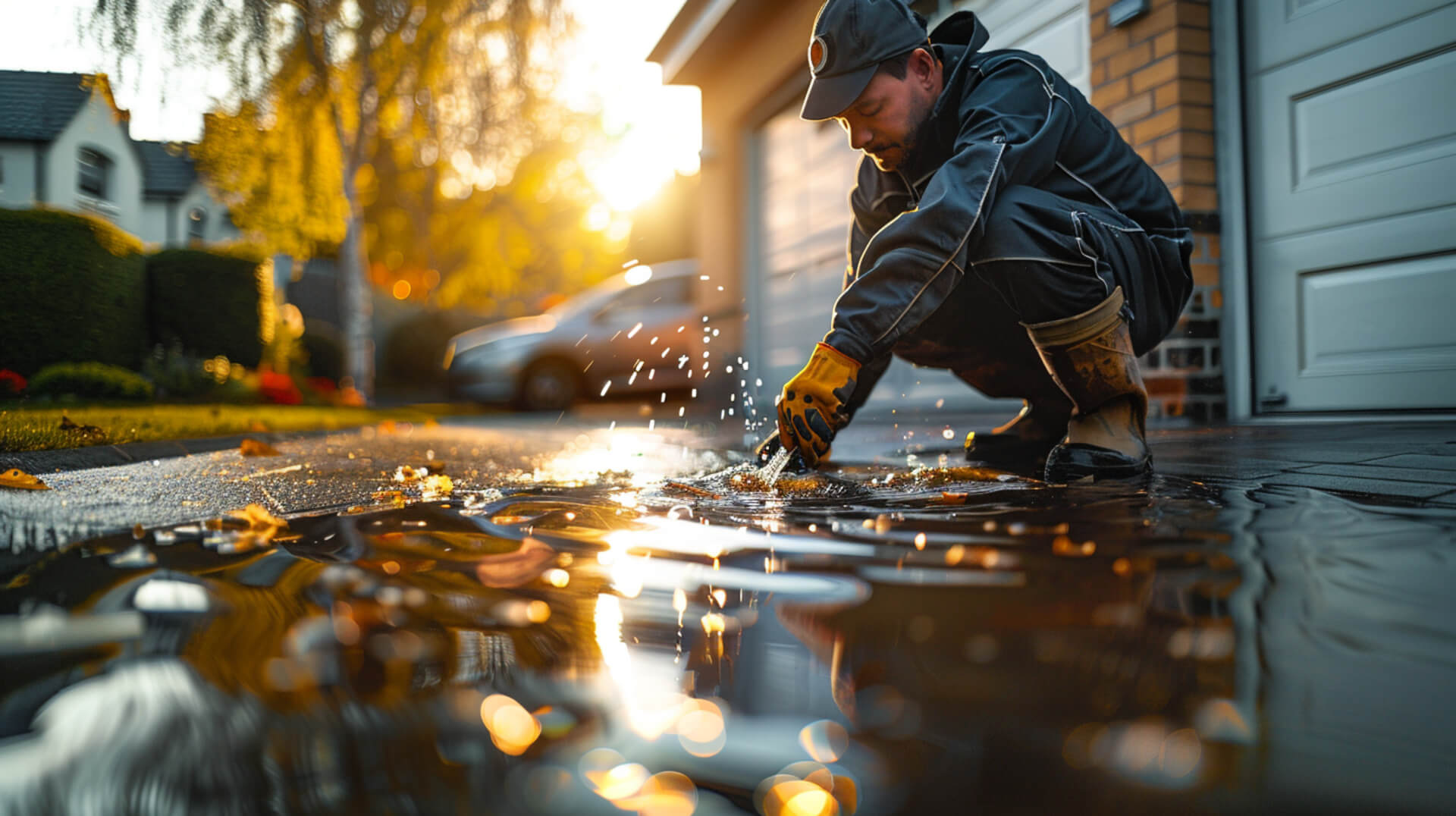
Drain inspections are a critical component of property maintenance, ensuring the functionality and integrity of a property’s drainage system. The process involves a series of methodical steps, utilising advanced technology to diagnose and report on the condition of the drains.
Preliminary Actions for Drain Inspection
Before initiating a drain inspection, professionals undertake several preparatory steps. These include clearing the access area to ensure the CCTV equipment can be manoeuvred effectively, removing debris that might obstruct the camera’s path, and trimming any vegetation that could interfere with the inspection process.
Navigation and Data Capture with CCTV
The heart of the inspection lies in the navigation of the CCTV camera through the drainage system. Operated by skilled technicians, the camera is carefully guided to provide a live feed of the drain’s interior. This visual data is captured and recorded for detailed analysis, allowing for the identification of blockages, structural issues, and other anomalies within the pipes.
Analysis and Reporting of Inspection Findings
Once the inspection is complete, the captured data is meticulously analysed to understand the condition of the drainage system fully. The findings are then compiled into a comprehensive report, which includes clear descriptions of any issues, recommendations for remedial actions, and, if necessary, estimated costs for repairs. This report is communicated to you, providing actionable insights to maintain or restore the health of your drainage system.
Identifying Common Causes of Drainage Issues
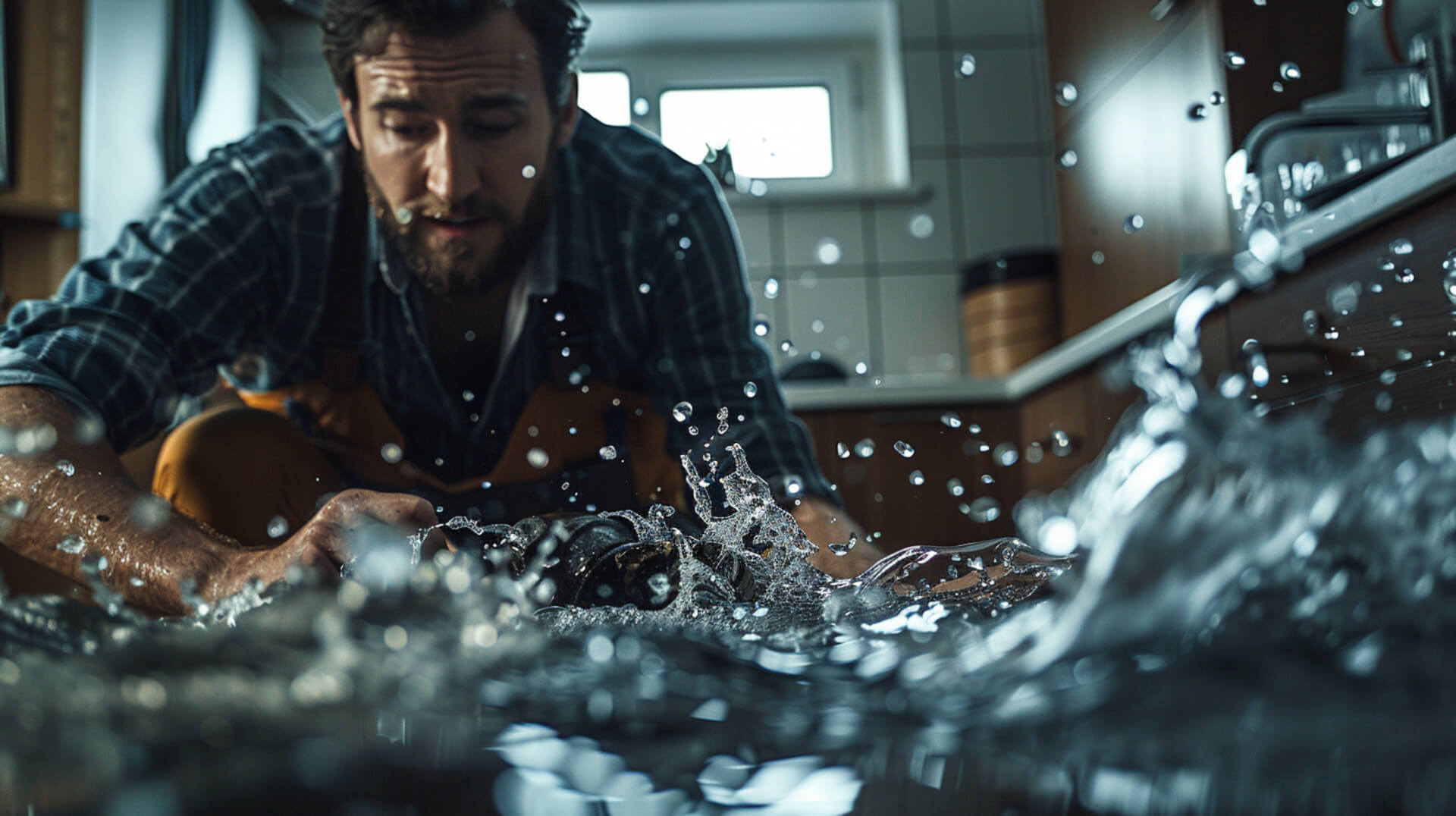
Understanding the origins of drainage problems is essential for effective maintenance and prevention. Drain inspections often reveal common culprits behind blockages and system malfunctions.
Origins of Blockages and Drainage Problems
Blockages in drainage systems can arise from a variety of sources. Sanitary products, industrial waste, food remnants, and liquid fats are frequent offenders, accumulating over time and impeding water flow. Identifying these elements during an inspection is crucial for addressing the immediate issue and preventing recurrence.
Impact of External Factors
External factors, such as plant debris, can also contribute significantly to drainage issues. Leaves, twigs, and roots may enter the system, particularly during stormy weather, leading to blockages or damage. Regular inspections can help detect such intrusions early, before they escalate into more severe problems.
Role of Wastes in Drain Blockages
Sanitary and industrial wastes play a substantial role in drain blockages. Items that are not designed to be flushed or disposed of via drains can cause obstructions and damage. Awareness of what constitutes appropriate waste disposal is vital for maintaining a clear and functional drainage system.
Preventive Maintenance Through Understanding
By understanding the common causes of drainage issues, property owners can take proactive steps to prevent blockages. Regular drain inspections serve as a preventive measure, ensuring that potential problems are identified and addressed promptly, thereby maintaining the system’s integrity and avoiding costly repairs.
Preventive Measures and Regular Maintenance Strategies

Regular maintenance and preventive measures are essential for ensuring the longevity and functionality of drainage systems. By adopting a proactive approach, property owners can avoid the inconvenience and expense of emergency repairs.
Implementing Preventive Actions
To minimise future drain issues, it is advisable to engage in waste management practices that prevent blockages. This includes disposing of grease, food waste, and non-biodegradable items properly. Additionally, installing drain strainers and conducting routine cleanings can significantly reduce the risk of clogs.
Frequency of Drain Inspections
Drain inspections should be conducted annually as part of a regular maintenance schedule. However, the frequency may increase depending on the age of the property, usage patterns, and previous instances of drainage problems.
Advantages of Regular CCTV Drain Surveys
Incorporating CCTV drain surveys into maintenance routines offers numerous benefits. These surveys provide an accurate assessment of the drainage system’s condition, allowing for the early detection of potential issues. They also help in planning for any necessary repairs or upgrades before problems escalate.
Impact of Proactive Maintenance on System Longevity
Proactive maintenance, including regular inspections and timely interventions, can extend the life of drainage systems. It ensures that minor issues are addressed promptly, preventing them from developing into major concerns that could compromise the system’s integrity and lead to costly repairs.
Key Components of an Effective Drain Inspection Report

A drain inspection report is a critical document that provides a detailed account of the condition of your property’s drainage system. It serves as a record of any issues discovered during the inspection and offers guidance on the necessary steps to address them.
Essential Information in a Drain Inspection Report
An effective drain inspection report should include a comprehensive overview of the drainage system’s condition. It must detail the specific problems found, such as blockages, structural damages, or wear and tear. The report should also contain high-quality images or video stills from the CCTV footage, providing visual evidence of the issues.
Providing Clear, Actionable Steps
The report should not only identify problems but also recommend clear, actionable steps for remediation. These recommendations are typically prioritised by urgency, giving you a clear understanding of which issues require immediate attention versus those that can be scheduled for later maintenance.
Aiding in the Scheduling of Follow-Up Actions
Professionals ensure that the report includes a suggested timeline for follow-up actions. This helps in planning subsequent inspections or repairs, ensuring that the drainage system remains in optimal condition and preventing future complications.
Ensuring Report Clarity and Dissemination
Professionals are responsible for ensuring that the report is clear and easily understandable. They use straightforward language to describe the findings and avoid technical jargon that might confuse the reader. The report is then disseminated in a format that is accessible and easy to navigate, often through digital means, allowing for quick review and action.
The Importance of Pre-Purchase Drain Inspections
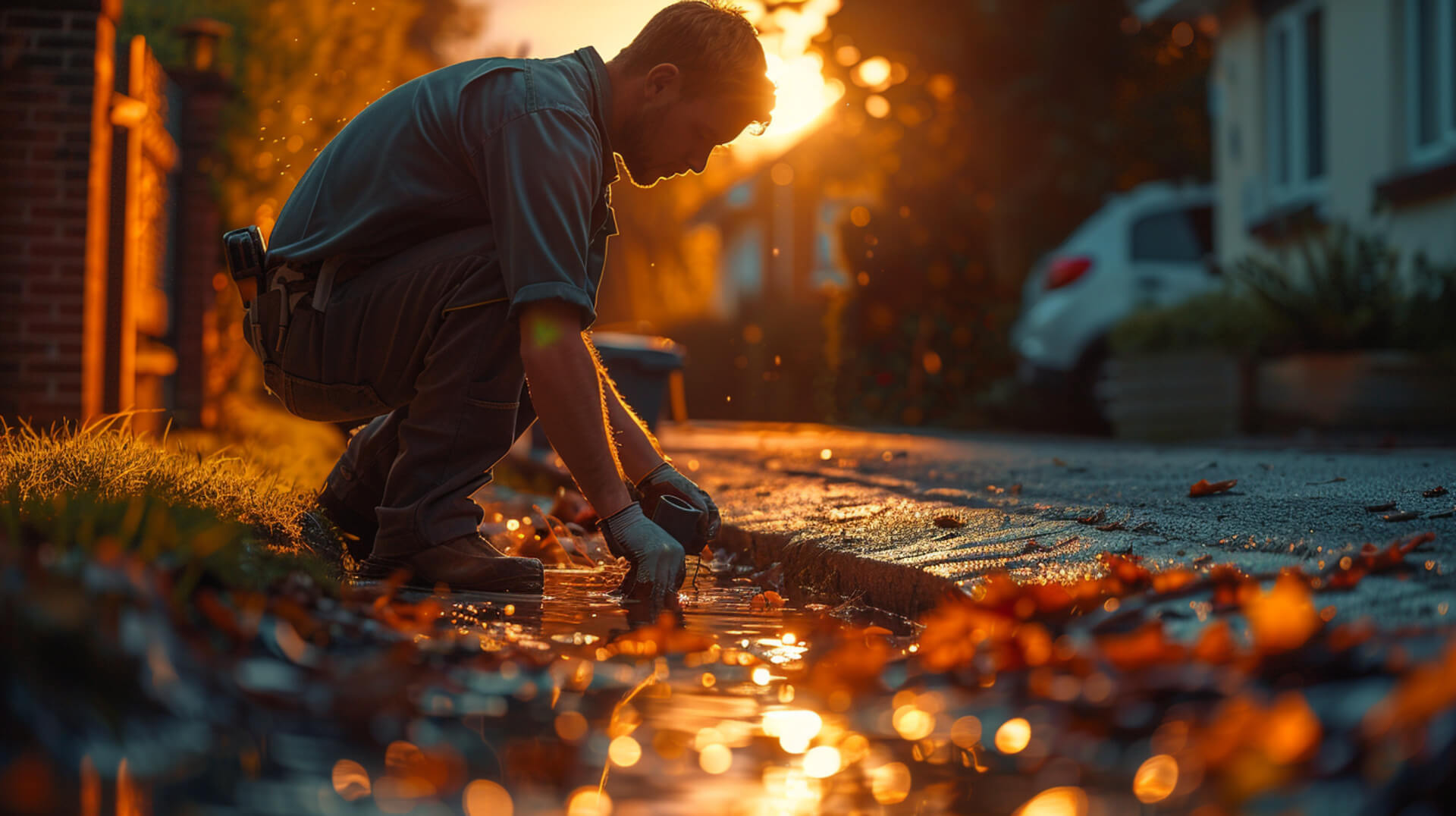
When considering the acquisition of a property, a pre-purchase drain inspection is a prudent step that can provide valuable insights into the state of the property’s drainage system.
Influence on Real Estate Negotiations
Discoveries from a drain inspection can significantly impact real estate negotiations. If issues are identified, such as blockages or structural damage, you may leverage these findings to negotiate a lower purchase price or request repairs before finalising the sale.
Legal and Insurance Considerations
While not legally mandated, drain inspections are recommended by professionals and insurers alike. They can inform you of any potential liabilities and help ensure that insurance policies are not compromised by pre-existing drainage problems.
Differentiating from Standard Maintenance Inspections
Pre-purchase inspections are more targeted than routine maintenance checks. They focus on uncovering any hidden issues that could affect the value of the property or lead to significant repair costs in the future, providing a clear picture of what you’re investing in.
Selecting Qualified Professionals for Drain Inspection Services
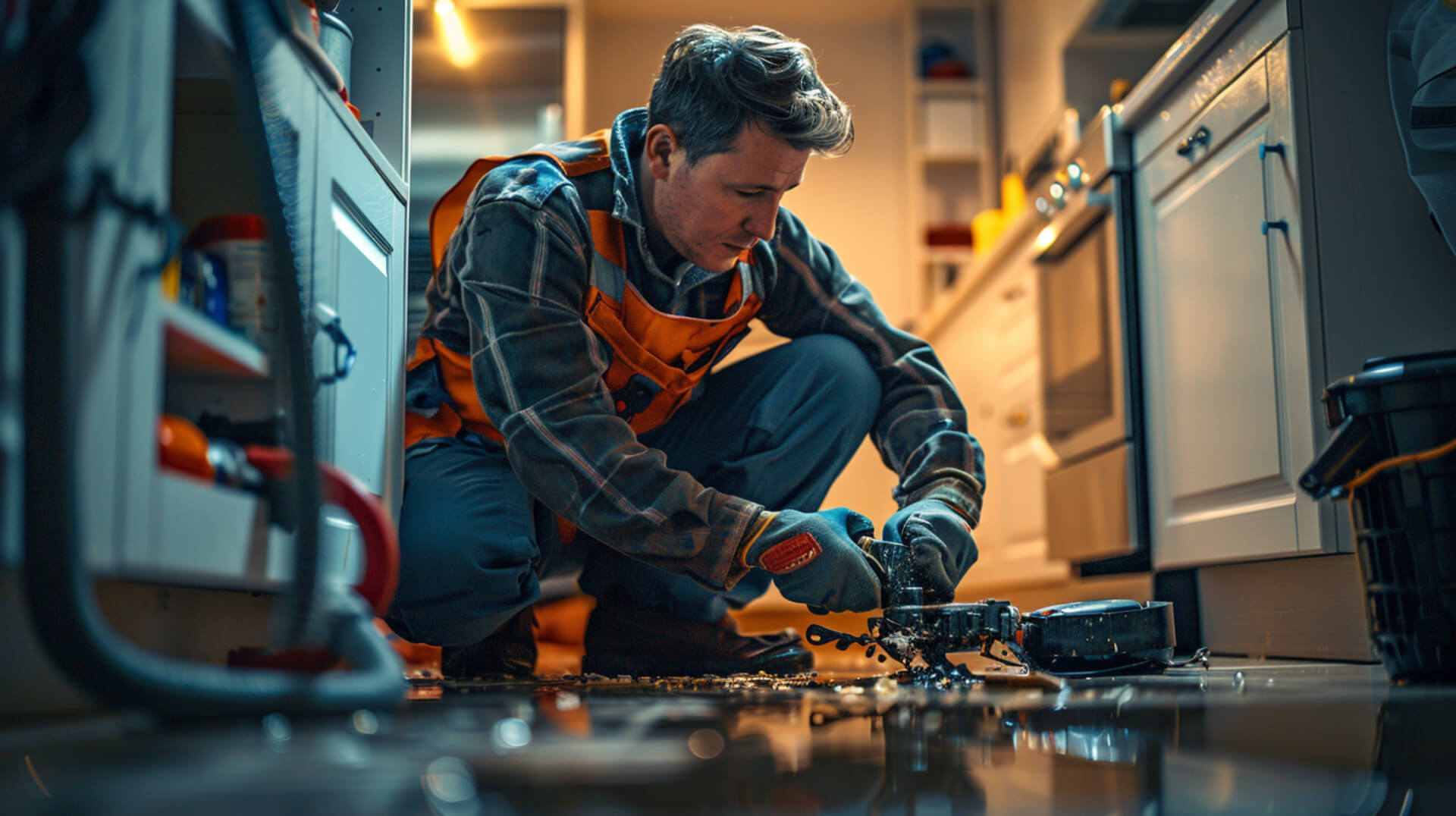
When it comes to ensuring the health of your property’s drainage system, selecting the right professionals for drain inspection services is paramount. The expertise and tools they bring to the task can make a significant difference in the accuracy and usefulness of the inspection results.
Qualifications and Certifications of Drain Inspection Services
It is essential to seek service providers with recognised qualifications and certifications. Look for accreditations such as those from the National Association of Drainage Contractors (NADC) which indicate that the service provider adheres to industry standards.
Contribution of Professional Expertise
The thoroughness of a drain inspection is greatly enhanced by professional expertise. Experienced technicians are adept at interpreting CCTV footage and identifying issues that may not be immediately apparent to the untrained eye. Their insights can guide effective maintenance strategies and prevent future problems.
The Role of Advanced Equipment
Advanced equipment, such as high-definition CCTV cameras and hydro-jetting tools, is crucial for a comprehensive inspection. Ensure that the service provider uses state-of-the-art technology to deliver the most accurate assessment of your drainage system.
Verifying Credentials and Reputation
To verify the credentials and reputation of inspection services, consider reviewing customer testimonials and case studies. Additionally, inquire about their experience with properties similar to yours and request to see examples of previous inspection reports. This due diligence will help you choose a service provider that is trustworthy and capable of meeting your specific needs.
Factors Influencing the Duration and Complexity of Drain Inspections

The time it takes to conduct a drain inspection and the complexity of the process can vary widely, influenced by several property-specific factors.
Property-Specific Factors Affecting Inspection Length
The size of your property and the extent of the drainage system play a significant role in determining the duration of a drain inspection. Larger properties with more extensive networks of pipes may require more time for a thorough examination. Additionally, the system’s complexity, including the number of junctions and access points, can extend the inspection process.
Impact of Blockages and Damage on the Inspection Process
The presence of blockages or damage within the drainage system can complicate the inspection. Identifying and navigating around obstructions may necessitate additional time and specialised equipment. Similarly, assessing the extent of damage and its implications for the integrity of the system adds layers of complexity to the inspection.
Considerations Determining Drain Survey Complexity
Professionals must consider several factors when planning a drain survey. These include the system’s age, the materials used in the pipes, and any previous repair history. Understanding these elements is crucial for anticipating potential challenges and determining the most effective inspection approach.
Planning and Execution of Inspections
Drain inspection professionals plan and execute surveys based on the aforementioned factors. They may use different types of CCTV cameras or employ techniques like hydro-jetting to clear pathways for the camera. The goal is to provide a comprehensive assessment of the drainage system’s condition, ensuring that you receive accurate and actionable information.
Risks of Overlooking Drain Maintenance
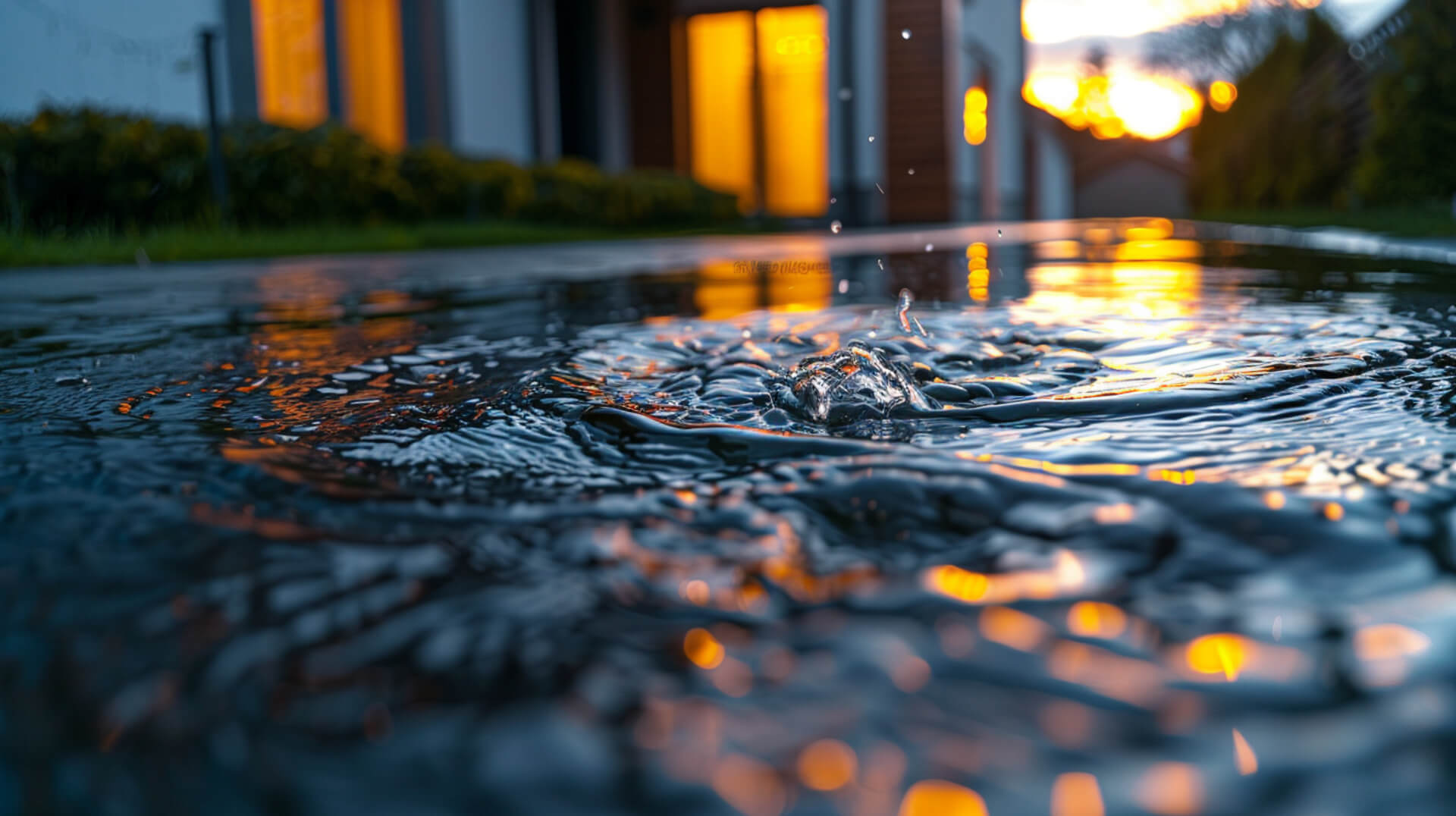
Regular drain inspections are a critical aspect of property upkeep. Neglecting this duty can lead to a host of problems that may compromise the structural integrity of the property and the health of its occupants.
Infrastructure Complications from Undetected Issues
When drainage issues go unnoticed, they can escalate into larger infrastructure problems. A small blockage, if left unchecked, can lead to pipe bursts or severe backups, resulting in costly repairs and potential damage to the property’s foundation.
Health Hazards and Environmental Impact
Neglected drains can also pose significant health risks. Stagnant water in clogged drains can become a breeding ground for bacteria and pests, leading to unsanitary conditions. Moreover, leaks from damaged pipes can contribute to mould growth, which is detrimental to indoor air quality.
Preventing Leaks and Floods Through Regular Inspections
Regular drain inspections play a vital role in preventing leaks and floods. By identifying and addressing issues early, property owners can avoid the inconvenience and expense associated with emergency situations. Inspections ensure that the drainage system functions correctly, safeguarding the property against water damage and preserving its value.
Advanced Tools and Technologies Used in Drain Inspections
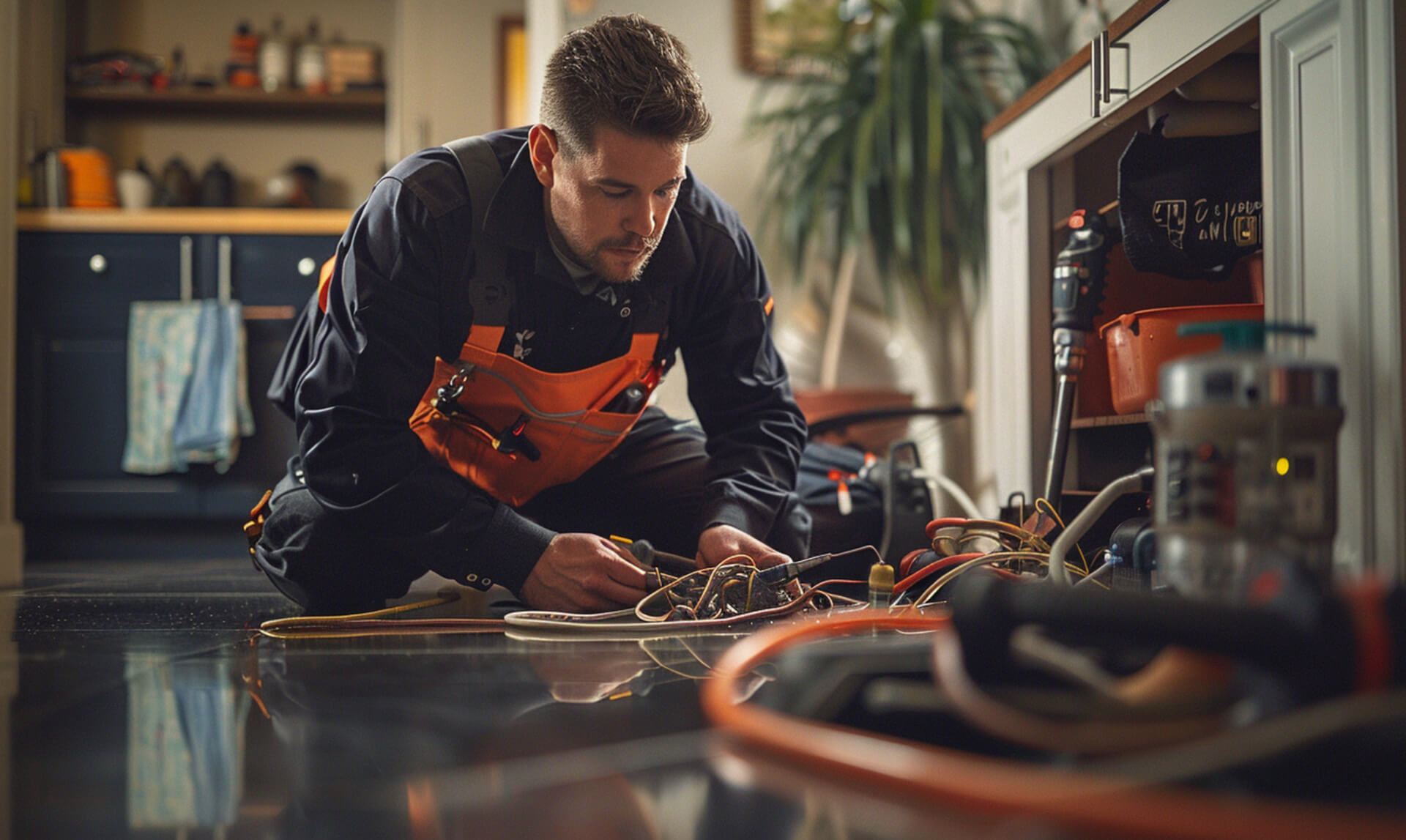
Drain inspections have evolved with the advent of sophisticated tools and technologies, enhancing the efficiency and effectiveness of the process.
Essential Equipment for Comprehensive Inspections
A variety of advanced tools are employed by professionals to conduct thorough drain inspections:
- CCTV Cameras: Provide real-time visual inspection of the drainage system’s interior.
- Remote-Operated Cameras: Allow access to otherwise unreachable areas within the pipes.
- Hydro-Jetting Machines: Use high-pressure water streams to clear blockages.
- Sonar Units: Help in detecting obstructions and structural conditions in filled pipes.
Resolving Blockages with Hydro-Jetting and Sonar Technology
Hydro-jetting and sonar technology play a pivotal role in addressing drainage issues:
- Hydro-Jetting: Effectively removes stubborn blockages and buildup within pipes.
- Sonar Technology: Assesses the condition of pipes that are non-visible or filled with water.
Transformative Innovations in Inspection Equipment
Innovations in CCTV and camera technology have significantly transformed drain inspections:
- High-Definition Imaging: Offers clearer visuals for accurate diagnosis.
- Enhanced Manoeuvrability: Remote-operated cameras can navigate complex pipe networks.
Tailoring Tools to Inspection Scenarios
Professionals select tools based on the specific requirements of each inspection scenario:
- Property Size: Larger properties may require more extensive equipment.
- System Complexity: Complex systems might need advanced imaging and navigation tools.
- Nature of Blockage: Different blockages may require varied approaches, from manual tools to hydro-jetting.
The Critical Role of Drain Inspections in Property Management
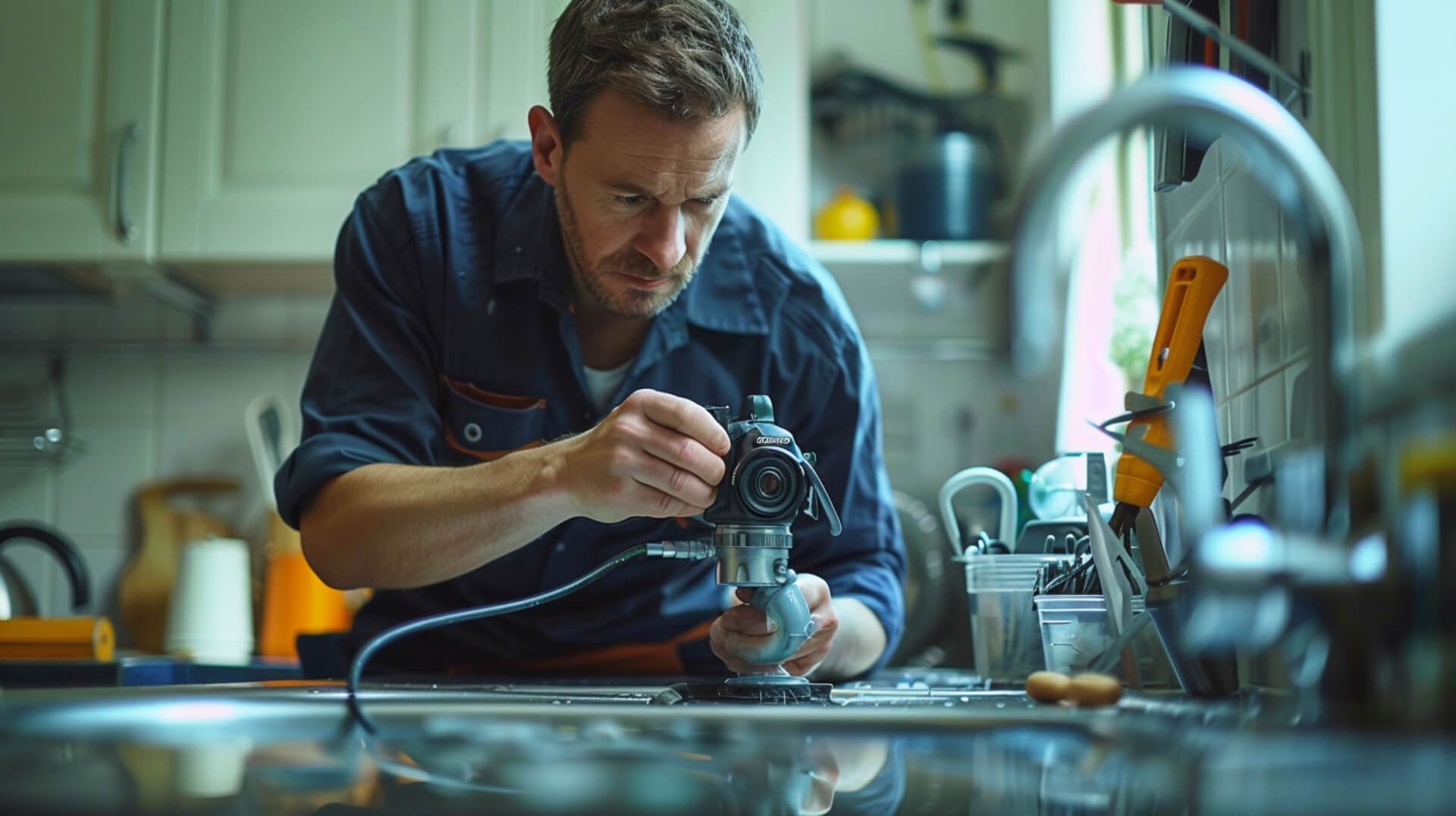
Drain inspections are an essential aspect of property management, serving as a preventative measure to ensure the longevity and functionality of a property’s drainage system. Regular inspections by professionals can identify potential issues before they escalate into costly repairs.
Long-Term Benefits of Regular Inspections
For property owners and managers, the long-term benefits of regular drain inspections are manifold:
- Prevention of Major Repairs: Early detection of issues such as blockages, cracks, and root intrusions can prevent extensive damage.
- Cost Savings: Addressing problems early on can result in significant cost savings by avoiding emergency repairs and associated water damage.
- Property Value Preservation: A well-maintained drainage system contributes to the overall value and appeal of the property.
Embracing Preventive Measures and Technology
Adopting preventive measures and utilising advanced technology like CCTV drain surveys can greatly enhance the health of drainage systems:
- Proactive Maintenance: Regular inspections and cleaning can maintain optimal flow and prevent backups.
- Technological Advancements: CCTV surveys provide a detailed view of the drainage system’s condition, allowing for precise interventions.
Prioritising Professional Drain Inspections
Property owners are encouraged to prioritise the integration of professional drain inspections into their maintenance routines:
- Expertise: Professionals bring specialised knowledge and equipment to the task, ensuring thorough inspections.
- Compliance: Regular inspections can help ensure compliance with local regulations and standards.
- Peace of Mind: Knowing that the drainage system is in good condition provides reassurance and protects against unexpected issues.
